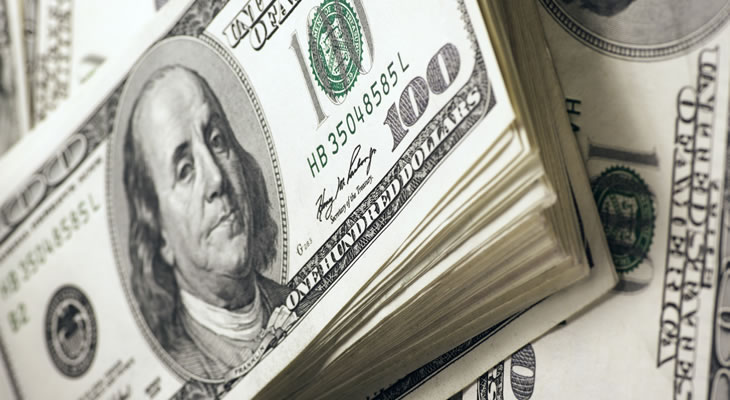The Euro US Dollar (EUR USD) exchange rate could become increasing unstable in the build-up to Christmas, with US President Donald Trump’s highly anticipated tax reform package expected to be waiting under the tree.
Trump Tax Reform Days Away, Outlook for US Dollar (USD) Exchange Rates Positive
President Donald Trump is becoming increasingly confident that his first major legislative victory is in the bag, asserting late on Wednesday that the tax package that negotiators are currently debating on Capitol Hill is only ‘days away’ from passing.
Trump optimistically stated:
‘As a candidate, I promised we would pass a massive tax cut for the everyday working American families who are the backbone and the heartbeat of our country. Now, we are just days away, I hope you know what that means; from keeping that promise and delivering a truly amazing victory for American families’.
This speech came shortly after the stinging Republican defeat in Alabama, however, with Democrat Doug Jones beating Republican Roy Moore to win a Senate seat. This win also notably shrinks the Republican Senate control back down to a one-seat margin – something that could threaten further policy measures in the Republican agenda down the line.
Republicans are currently in the process of reconciling the House version of the bill and the Senate version, with a final vote afterwards considered to be the last hurdle involved in passing the reform.
If the bill is indeed passed before Christmas, with the 20% corporate tax cut immediate rather than delayed (like in the Senate version) then the US Dollar will likely regain ground against the Euro, with markets optimistic that the new tax measures will foster economic growth for the nation.
ECB Upgrades Growth Forecasts, EUR USD Exchange Rates Fail to Capitalise
The European Central Bank’s (ECB) rate announcement took place on Thursday, with markets unsurprised that a rate hike did not occur.
What proved slightly more surprising, however, was news that the central bank has upgraded its growth forecast for the years ahead, with 4% growth expected in 2017, 3% in 2018, 9% in 2019, and 7% in 2020.
Whilst this optimistic outlook would, traditionally, foster demand in the single currency, the Euro’s upward potential was limited once again by dragging consumer price expectations, with Draghi stopping short of stating that inflation will meet its goal in 2020.
Instead, inflation is expected to average 1.7% growth in 2020, still significantly below the bank’s target of 2%.
This curbed demand for the Euro, with markets now not expecting tighter monetary policy measures from the bank anytime soon.
US Fed Forecast Limited by Inflation Woes, USD Exchange Rate Slips
The Eurozone isn’t the only nation suffering from inflation woes; the latest US Fed rate decision also cites concerns that consumer prices will remain limp.
Whilst the Federal Reserve did vote to raise interest rates at Wednesday’s decision, in a cautious move the central bank did not adjust its rate hike plans for the future, instead leaving them steady at a planned 3 for 2018.
This was predominantly due to apprehensions regarding the pace of inflation, particularly with the recent core figure sliding from 1.8% to 1.7% in November.
There are, nonetheless, hopes that the robust labour market will foster consumer price growth, with the official statement reading:
‘In view of realized and expected labour market conditions and inflation, the Committee decided to raise the target range for the federal funds rate to 1-1/4 to 1‑1/2 percent. The stance of monetary policy remains accommodative, thereby supporting strong labour market conditions and a sustained return to 2 percent inflation’.
Whilst this move by the Fed has been deemed cautious, it still positions the central bank as the more likely option for sustained rate hikes in the years ahead, and combined with investor hopes for Trump’s tax reform, the outlook for the US Dollar is looking solid.


Comments are closed.